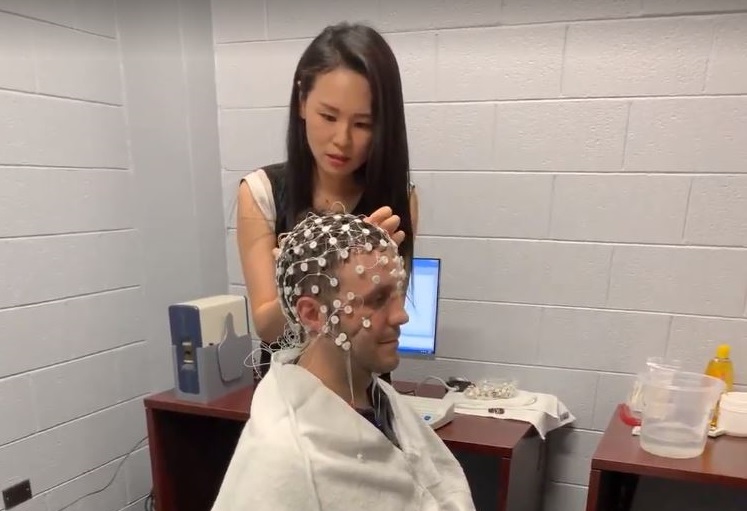AdPR is home of some of the industy’s leading researchers and laboratories, exploring leading edge topics that drive competitive advantage within the industry. These laboratories include:
- SEE Suite: The Social media Engagement and Evaluation Suite at the Department of Advertising and Public Relations of the Grady College at the University of Georgia is an innovative space, designed for students and researchers to gain the skills, experience and knowledge to become leaders in the changing social communication ecosystems.
- GAVEL: The Games and Virtual Environments Lab is an interdisciplinary research facility for a human-centered approach to investigating virtual experiences and how they influence the attitudes and behaviors of users. The lab makes forward-thinking inquiries into how interactions in virtual worlds can shift traditional rules and norms of social interactions in the physical world. Our projects apply frameworks of psychosocial and behavioral sciences to explore, test, and evaluate the impact of virtual and augmented environments on a wide range of social issues.
- VERGE: The Virtual Environment Room and Gaming Experience lab opened the Virtual Environment Room and Gaming Experience lab in January 2019, allowing students and faculty members to engage in the VR world. The lab features 15 immersive stations which allow up to 20 students to experience virtual reality at the same time. Some stations are capable of full body tracking. Others simply require wearing goggles. Another advancement is the development of social VR, where users create avatars and can interact with others from around the world. The VERGE lab will be used for undergraduate and graduate student research. The lab was funded by the university’s student technology fund.

- BBAM: The Brain, Body and Media lab investigates mechanisms (e.g., attention, emotion) that underlie audience/consumer response to different features of messages (e.g., models in ads) and individual difference variables that are associated with these responses. Equipment in this lab includes peripheral psychophysiologic measures (fEMG, EDA, ECG) and central measures (EEG). By using these measures, we are able to identify and dissociate between psychological processes that occur in response to media using fluctuations in activity of the brain and body – without relying on self-reported assessment of these processes. Measurement of implicit processes in a media/advertising context furthers understanding of cognitive and affective processing of media messages which has both theoretical and practical implications.

